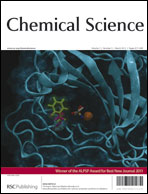The topology of fitness landscapes is critical for the efficiency and outcome of natural and directed evolution. Thus far, fitness landscape topology has not been fully characterized due to the enormous size of the sequence space. To meet this challenge, we formulate the physically grounded Optimal landscapes in Evolution (OptiEvo) theory by viewing the particular biological system as (i) interacting with the environment, (ii) utilizing nucleotides as variables, and (iii) optimizing a measure of fitness as the objective. The two basic conclusions of OptiEvo theory are (1) fitness landscapes in a constant homogeneous environment should not contain isolated local peaks (i.e., traps), and (2) the globally optimal genotypes can form a connected level set of equivalent fitness. OptiEvo theory is based on the assumption that biologically realizable gene changes can provide sufficient flexibility to explore the local landscape structure in the process of evolution. Violation of this assumption through restrictions on the gene changes can lead to the presence of local traps on the landscape. A comparison of the biological predictions of OptiEvo with laboratory results in the literature broadly supports the validity of the theory. The predictions of OptiEvo also have implications for the design strategy and outcome of directed evolution experiments. OptiEvo is additionally discussed in the analogous context of recently analyzed fitness landscapes in the chemical and physical sciences.

You have access to this article
 Please wait while we load your content...
Something went wrong. Try again?
Please wait while we load your content...
Something went wrong. Try again?


 Please wait while we load your content...
Please wait while we load your content...